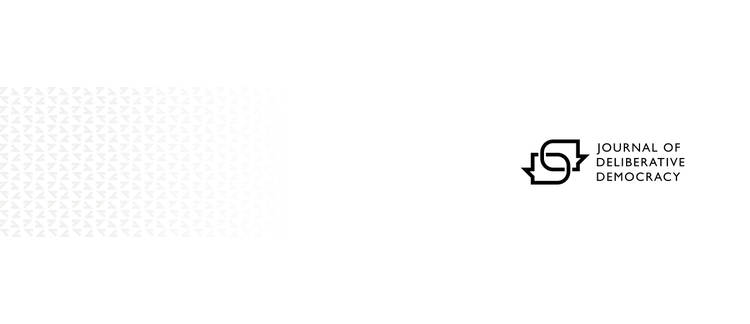Abstract
This article explicates grouping processes during a public meeting. By applying an Ethnography of Communication and Cultural Discourse Analysis approach, the analysis focuses on ways of place-making and relating as well as enactments of social and racial identities to make empirically grounded claims about grouping processes during the public meeting in question. For most audience members, living in the neighborhood and local knowledge of crime, desperate youth, poverty, and racial discrimination were defining characteristics of being a community member who shared a collective memory of distrust against the local Chamber of Commerce. Some audience members maintained that only neighborhood residents had the right to talk about the neighborhood at the meeting. Chamber of Commerce and affiliated speakers neither shared the premise of residency and right to talk about the neighborhood, nor did they adequately address the distrust. Instead, they promoted community through economic development and collaboration. The tensions during the meeting can be described as differences in notions about what constitutes community, differences which are indicative and constitutive of the divergent approaches to managing problems in the neighborhood. In addition to illustrating that groups don’t exist a priori but are enacted through communicative practices, the article makes recommendations for how to improve public meetings.
Keywords
public meeting, place, neighborhood, grouping processes, Ethnography of Communication, Cultural Discourse Analysis, community
How to Cite
Witteborn S. & Sprain L., (2009) “Grouping Processes in a Public Meeting from an Ethnography of Communication and Cultural Discourse Analysis Perspective”, Journal of Public Deliberation 5(2). doi: https://doi.org/10.16997/jdd.85
1697
Views
655
Downloads
3
Citations
